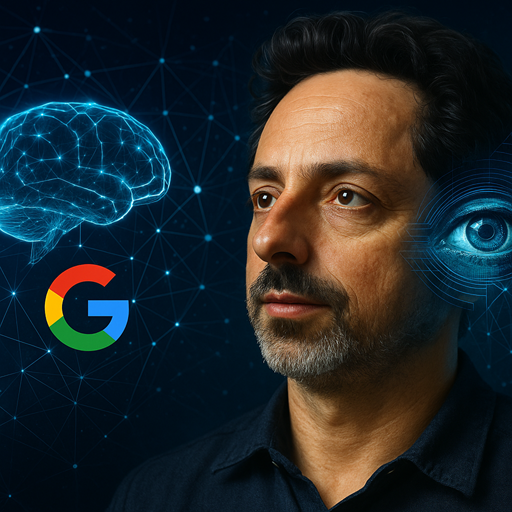Google’s Secret Network Will Read Your Mind by 2028
Introduction 🌐
Google is designing a network that goes beyond a simple communication infrastructure. By combining Firefly, Swift, and Falcon, this network not only moves data but also synchronizes GPUs and DPUs at datacenter scale. The ultimate goal is to reach a point where the network, like the human mind, can manage thousands of complex processes simultaneously.
Google’s Computational Epochs ⚡
Google has defined five computational epochs that outline the evolution of its networks. Each epoch represents a major leap in speed, scale, and type of digital communication:
Latency ~100ms — Early internet era, focused on file sharing and text communication.
SourceLatency ~10ms — Rise of web apps and cloud services. Global access and scalable cloud storage.
SourceMicrosecond latency — Big data era, machine learning, and real-time analytics.
SourceCoordination of millions of servers, optimized data paths, and distributed processing.
SourceLatency 10µs — Distributed neural networks, real-time processing, and machine mind-reading.
NextPlatformGoogle’s Key Technologies 🔧
Datacenter clock synchronization with sub-10ns precision, aligning GPU and DPU processes.
SourceLatency-based traffic control and reduced congestion in datacenter networking.
SourceHardware transport on DPUs for high-speed data transfer and real-time processing.
SourceMicrokernel for real-time packet management, boosting efficiency and reducing latency.
SourcePractical Scenarios of Google’s Network 🖥️
Businesses 🏢
Google’s new network enables real-time data processing, boosts service productivity, and minimizes customer response time.
Universities 🎓
Professors and researchers can run complex AI models without massive servers, accessing computing resources quickly.
Datacenters 🏭
Real-time GPU-DPU coordination reduces energy consumption and speeds up data processing, making datacenters more efficient and cost-effective.
Generative AI 🤖
Google’s network enables rapid training of generative models, significantly reducing project execution time.
Productivity Boost 💰
In traditional GPU clusters, only 30–40% of power is used. With DPU integration and Google’s scheduling algorithms, efficiency surpasses 70%. This not only lowers datacenter costs but also multiplies the speed of training generative models like Gemini.
Challenges ⚠️
Cybersecurity, ethical AI use, and geopolitics are the main challenges for this network. Any attack could cause billions of dollars in damage.
Frequently Asked Questions ❓
Conclusion & Outlook 🏁
By 2028, Google’s secret network will not only transform the internet and cloud computing but also redefine generative AI models and data management. With the integration of epochs, DPUs, and smart algorithms, GPU efficiency rises while operational costs drop.
Organizations and companies must prepare for this transformation. The combination of epochs and key technologies offers a roadmap for AI’s future, ensuring competitiveness and innovation.

